Hiroshima and Nagasaki: Hell on earth
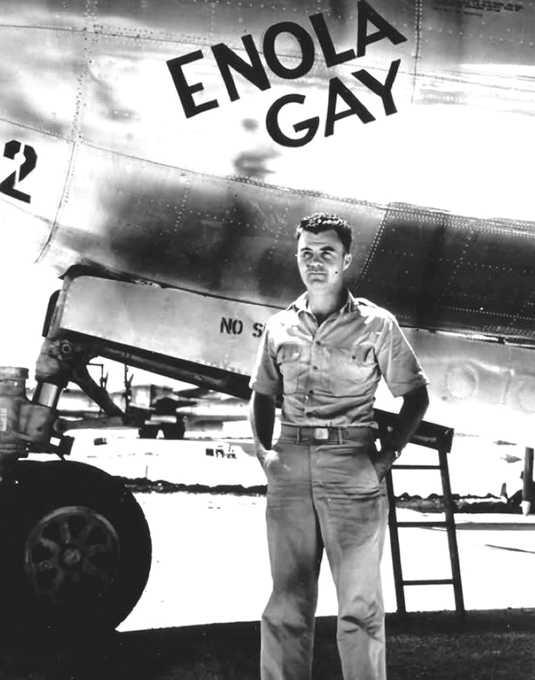
August 6 marks the 70th anniversary of the nuclear bombing of Hiroshima. On August 9, the USA dropped a nuclear bomb on Nagasaki.
August 6 marks the 70th anniversary of the nuclear bombing of Hiroshima. On August 9, the USA dropped a nuclear bomb on Nagasaki.
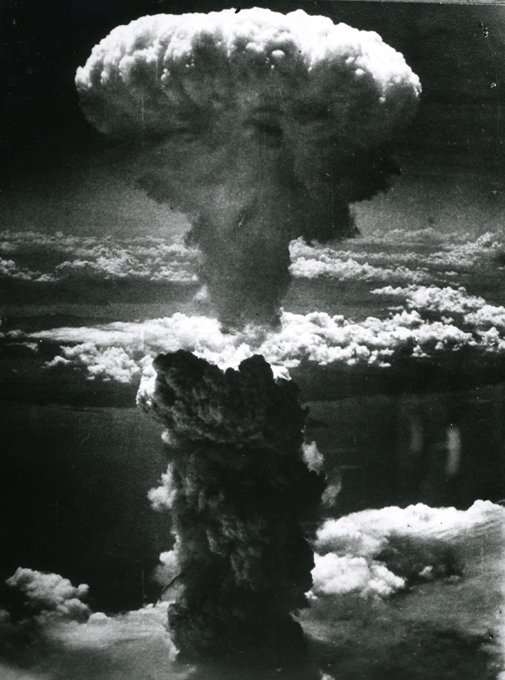
Many historians claim that there was no strategic need for the nuclear bombing of Japan. Some others say that the goal of the United States in the bombing of Hiroshima and Nagasaki was to demonstrate the new weapon to the USSR.
Many historians claim that there was no strategic need for the nuclear bombing of Japan. Some others say that the goal of the United States in the bombing of Hiroshima and Nagasaki was to demonstrate the new weapon to the USSR.
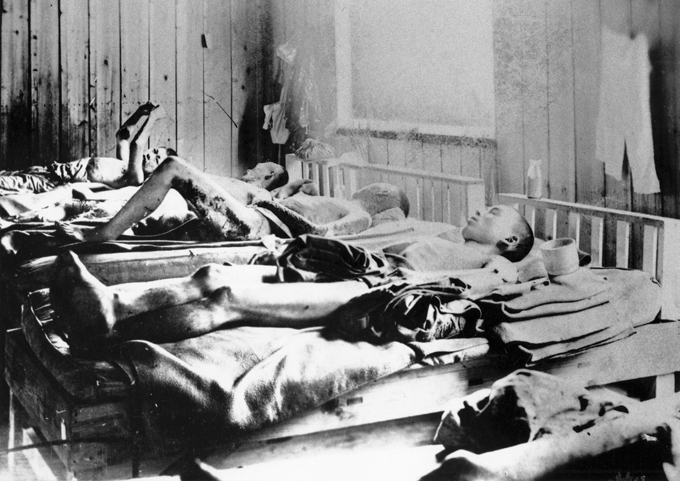
The two bombings, which killed at least 129,000 people, remain the only use of nuclear weapons for warfare in history.
The two bombings, which killed at least 129,000 people, remain the only use of nuclear weapons for warfare in history.
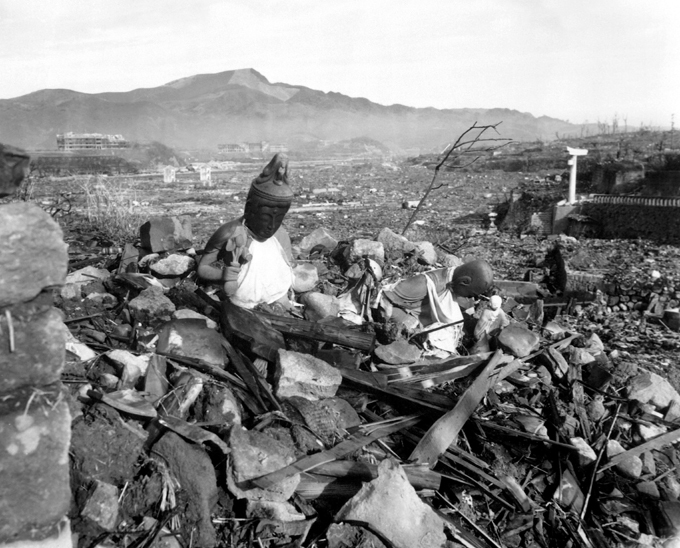
A uranium gun-type atomic bomb (Little Boy) was dropped on Hiroshima on August 6, 1945, followed by a plutonium implosion-type bomb (Fat Man) on the city of Nagasaki on August 9
A uranium gun-type atomic bomb (Little Boy) was dropped on Hiroshima on August 6, 1945, followed by a plutonium implosion-type bomb (Fat Man) on the city of Nagasaki on August 9
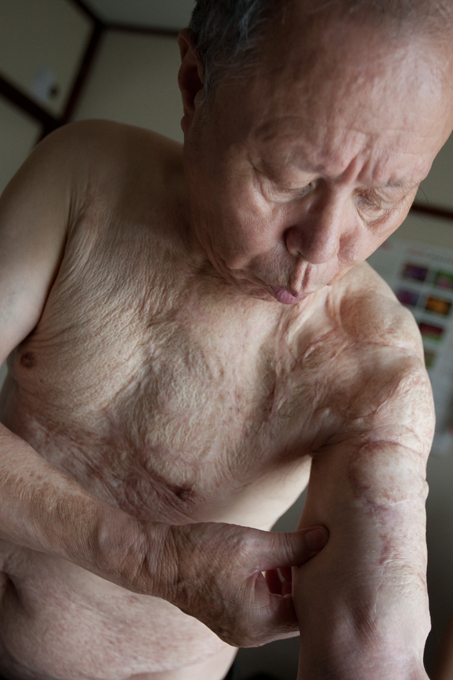
Within the first two to four months of the bombings, the acute effects of the atomic bombings killed 90,000-166,000 people in Hiroshima and 39,000-80,000 in Nagasaki; roughly half of the deaths in each city occurred on the first day
Within the first two to four months of the bombings, the acute effects of the atomic bombings killed 90,000-166,000 people in Hiroshima and 39,000-80,000 in Nagasaki; roughly half of the deaths in each city occurred on the first day
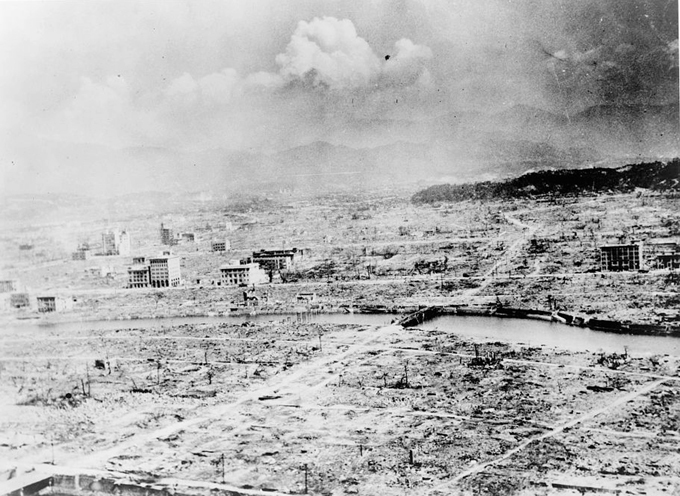
During the following months, large numbers died from the effect of burns, radiation sickness, and other injuries, compounded by illness and malnutrition. In both cities, most of the dead were civilians
During the following months, large numbers died from the effect of burns, radiation sickness, and other injuries, compounded by illness and malnutrition. In both cities, most of the dead were civilians
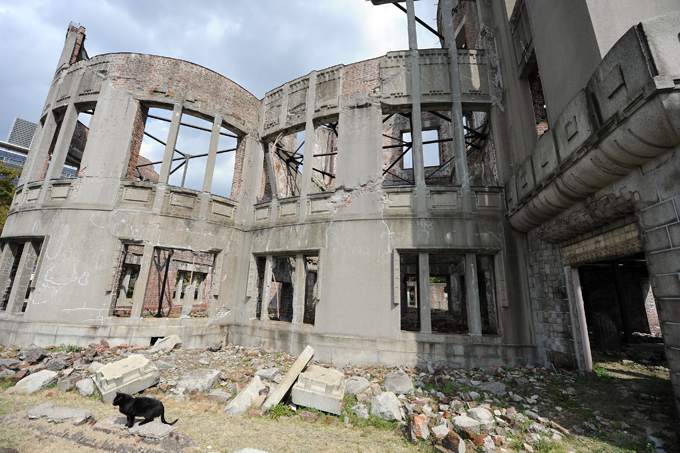
On August 15, just days after the bombing of Nagasaki and the Soviet Union's declaration of war, Japan announced its surrender to the Allies. On September 2, it signed the instrument of surrender. The bombings' role in Japan's surrender and their ethical justification are still debated.
On August 15, just days after the bombing of Nagasaki and the Soviet Union's declaration of war, Japan announced its surrender to the Allies. On September 2, it signed the instrument of surrender. The bombings' role in Japan's surrender and their ethical justification are still debated.



